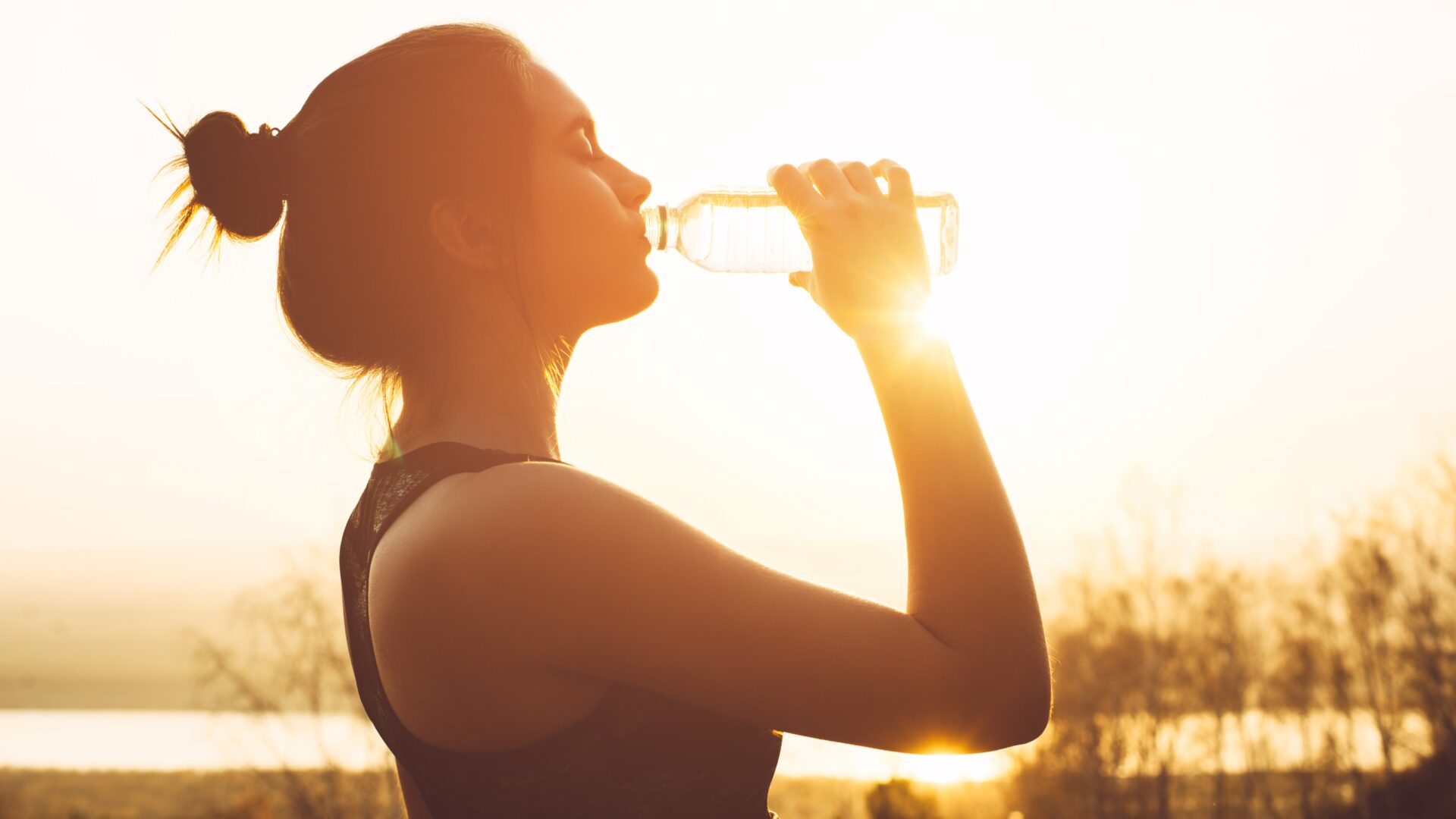Until a few years ago, the recommendation to drink about two litres of water a day was thought to be the one and only truth. One thing is for sure – the body needs a lot of fluid. But is the two-litre recommendation backed up by serious scientific research, or is it just a figure taken from thin air?
What is the recommended daily intake of fluids, is there a simple formula for calculating fluid intake, and what happens if the body is left dehydrated, explains LS Health OÜ nutritionist Liis Salus.
If you want to find out more about your personal health and whether your body is sufficiently ‘hydrated’, you can always ask a nutritionist or medical professional for advice. You can choose the wellness counselling, health testing or medical service that’s right for you, according to your needs and location, on Stebby HERE.
How much is enough?
Liis Salus (see https://lshealth.eu/ for more details) says that water needs depend on a number of physiological and activity-related factors: age, type of work and activity, state of health, climate, increased sweating (hot weather, hard physical work), amount of salt consumed and other factors.
In general, modern studies say that adults need a total of 28-35 ml of water per kg of body weight per day from all sources.
Liis says that almost all foods contain more or less water. To illustrate how to work out the daily water requirement, she gives the example of a 70 kg person.
The total liquid requirement is 70 x 31 ml = 2170 ml. Following the dietary recommendations, about 1 to 1.5 litres of water is obtained from food (fruit and vegetables, soups, tea, coffee, juices, other drinks, etc.). In addition, metabolism produces about 300-400 ml of water. If the average figures (1250 ml + 350 ml) are subtracted from 2170 ml, the difference is 570 ml.
“Therefore, an adult weighing 70 kg and following the dietary recommendations could drink an extra 2-3 glasses of water a day (the standard is 220 ml) to cover their fluid needs. If a person weighs more, the amount of food consumed, and therefore the amount of water in food, is correspondingly higher,” Liis quickly calculates.
He suggests that about 1000-1500 ml of water is obtained from food per day. The amount of water in food varies from 5% in nuts to about 90% in fruit and vegetables. Drinking water and other liquids also provide varying amounts of water. From the oxidation of fats, carbohydrates and proteins, an additional 300-400 ml of water per day is needed.
Most healthy people meet their daily fluid needs based on their thirst. Breast-feeding women have a higher fluid requirement, which increases at the expense of the amount of breast milk, it is confirmed in Estonian diet and physical activity recommendations.

Should I drink water or will juice and fizzy drinks do?
Liis says that tea, coffee, juices, other drinks, soups are included in the liquid count, but not in the water count. “In addition to other fluids, the body always needs clean drinking water on a daily basis,” she stresses.
Therefore, in the case of thirst, drinking water without impurities should always be preferred. Infants and children have a relatively higher water requirement per kilogram of body weight than adults, due to their higher water content.
“Regardless of age, however, a feeling of thirst is a sign of dehydration and therefore always needs to be resolved quickly, i.e. by ensuring adequate fluid intake, preferably in the form of water,” says Liis.
What happens if your body is left dry?
According to Liisi, low fluid intake can lead to fatigue, weakness, constipation, cravings for sugary foods, headaches, dizziness, dizziness, dark-coloured and low urination, dry mouth, lips and eyes, cracked lips, dry skin, palpitations, low blood pressure, poor concentration, bad breath.
However, if you drink too much, you may experience symptoms such as nausea, vomiting, confusion, disorientation, headaches, muscle cramps (when electrolyte levels drop due to drinking too much water).
According to Liisi, clues to the problem can be the colour of urine. Normal is (light) yellowish urine. If the urine is clear and transparent, it could be a case of drinking too much water in the short term. If the urine colour is dark yellow or orange, you may have a moderate to severe fluid deficiency.
When drinking water tends to be forgotten
There are plenty of people who are not used to drinking enough fluids. How can you easily increase your fluid intake?
Liis suggests that in this case, for example, you can start carrying a water bottle or place it near you on the table so you don’t forget to drink water. There are also water bottles with cool designs (including glass and other materials) to make new habits more pleasant.
For example, when going to the gym or sauna, you should always take a water bottle with you, because we lose more water than we normally do when we sweat, in hot and humid environments or during strenuous exercise. As soon as the water bottle is empty, you can then refill it to ensure that you remember to drink.
If you want to increase your fluid intake other than water, you can train yourself to make more smoothies or eat more soups, for example. Alternatively, if you’re in the office, you can take breaks during the day to eat fruit, drink water or herbal tea between main meals. According to Liisi, breaks are particularly important when you are constantly working on the computer, because a break from food also gives your eyes a rest.
If you don’t like drinking water because of the taste, you can try flavoured water by adding lemon, lime, orange, berries, mint leaves or anything else you like to plain water.
If you tend to forget to drink water, for example, you can drink water every morning before preparing breakfast.
“I recommend drinking room-warm water and squeezing in some lemon. That way you can easily add an extra glass or two of water into your daily routine,” she says. Liis shares some tips.
She also notes that there are different apps to keep track of your fluid intake (i.e. Myfitnesspal, Nutridata).
It has become increasingly popular to take part in a challenge to change your habits. For inspiration, read how one strong woman’s water-drinking challenge went HERE.
Water is essential for the body!
Most of the chemical reactions that take place in our cells need water to take place.
Water is needed for nutrients to reach all the cells in the body. Water is needed to produce the energy we need from food and to absorb nutrients.
Water keeps body temperature stable and protects vital organs, is involved in maintaining body shape and is important for skin health. Water helps to remove metabolic waste products from the body, mainly through urine.
This means that water is indispensable to the body, without having any energetic value.
Source: diet and physical activity recommendations for Estonia






